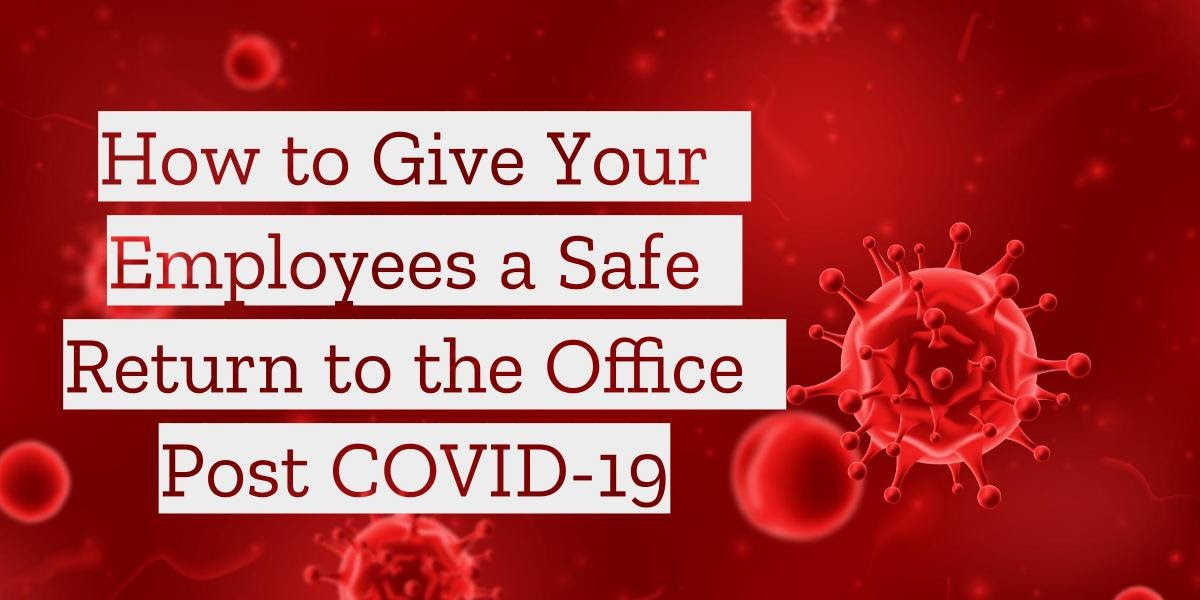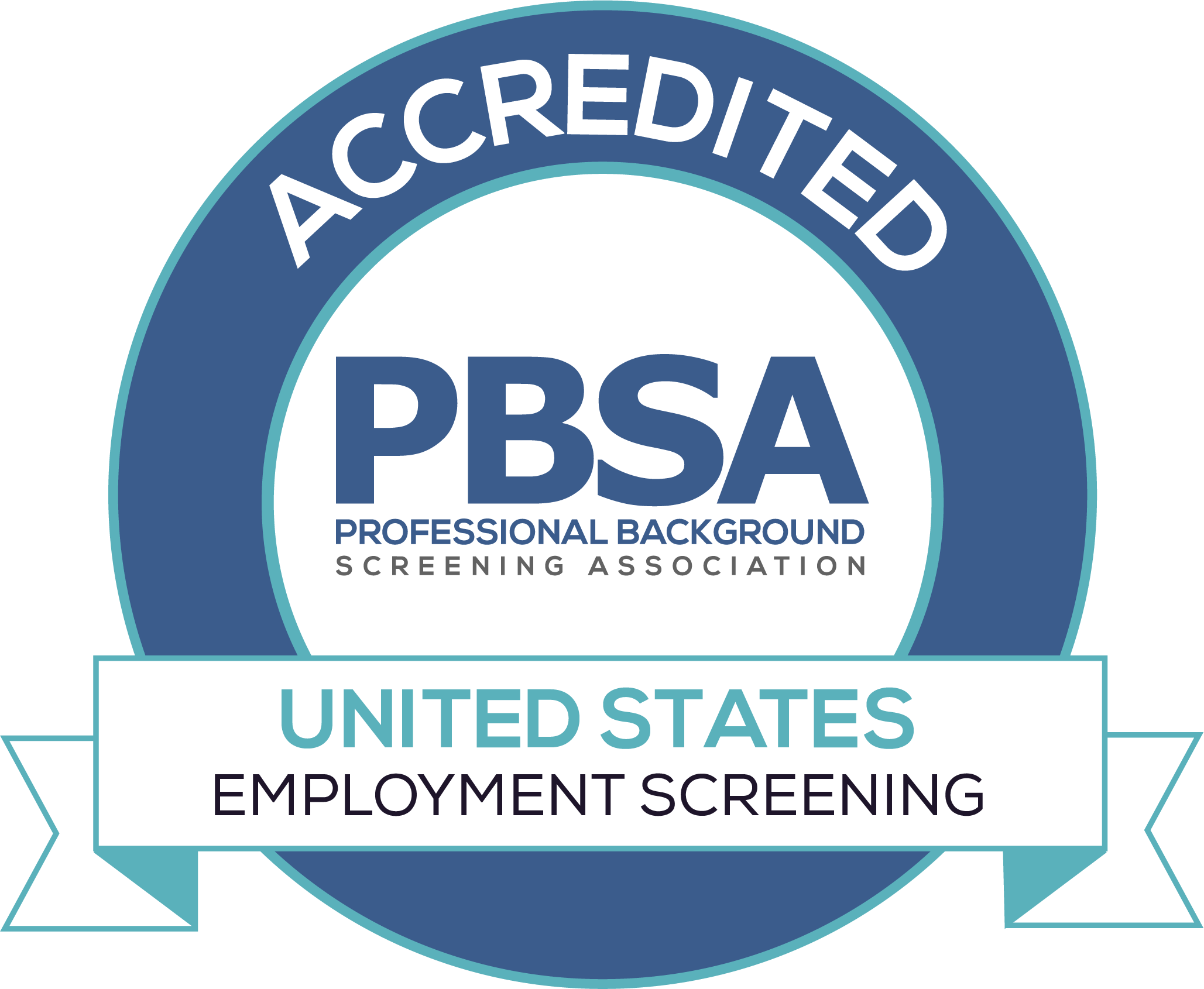In recent months, policy in most developed countries has been aimed at trying to recover the economy that was so badly hit by the pandemic.
In fact, some of the phrases we hear the most at the moment are “return to normal activity”, “adapt to the new normal” and “return to the office.”
Even with the development and successful application of an increasing number of Covid-19 vaccines, the coronavirus still continues to spread around the world, mutating. This makes our fight against the virus to continue being as important as ever. Also, while the vaccines are a tremendous help to ending this pandemic, the vaccines are not perfect and there is still a large percentage of unvaccinated people.
For these reasons, companies that wish to assimilate back to “normal” need to go about it in a way that upholds good prevention standards to avoid a potential virus outbreak upon resuming what once were regular office activities.
With this in mind, we have prepared this guide, aimed mainly at employers and HR professionals, as an action and prevention plan for a safe return to work.
General Safety Measures
The first objective should be to identify any risky situations that can generate an infection, therefore, the key phrase here is: minimize risk.
There are several safety measures that you can implement in your company both individually and collectively, and even within the workplace structures themselves.
The individual
The process of returning to work should be carried out in an orderly and staggered manner, starting with the areas that guarantee interpersonal distance and other preventive measures.
The data
Tests for the diagnosis of COVID-19 should be carried out as much as possible, in a massive and coordinated way. This is to be done with the intention of being able to modify your company’s health policy based on the results obtained.
Mobility
Due to the risk that crowds on public transport can pose, it is important to consider a solution for transporting employees between their residence and the workplace.
Protective equipment
The installation and reorganization of the workplace must be ensured with the necessary means to reduce the risk of infection, as well as monitoring their correct use in the workplace.
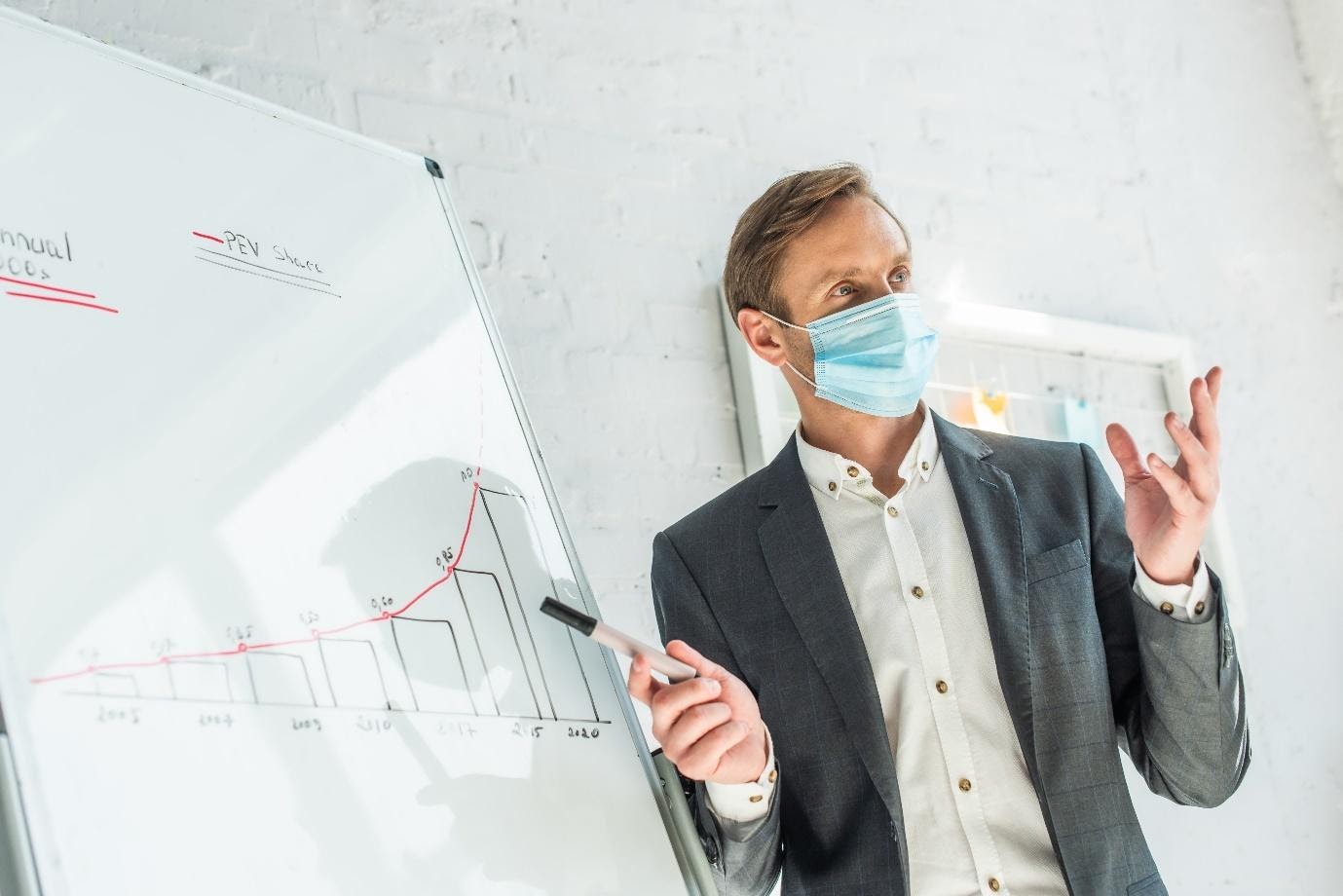
Ways to Make the Office Safe
It’s essential that your office staff is highly aware of the importance of following these safety measures.
The objective of this protocol is to ensure that no employee is a means of transmission for the virus, which reduces the chances that the office becomes a source of infection.
- If an employee presents any symptoms associated with COVID-19, they must report the situation and avoid physically reporting to work. They should go to their closest healthcare center to be evaluated.
- All employees must be screened upon coming into work each day (i.e. temperature check and answering covid exposure/symptom related questions)
- If an employee is in a risk group (over 60, pregnancy or medical conditions), they should have the option of remote work instead of attending the company in person.
- Employees must give priority to a means of transportation that guarantees a minimum distance of 6 feet. In public transport, they should keep distance as much as possible.
- The use of disposable masks is recommended.
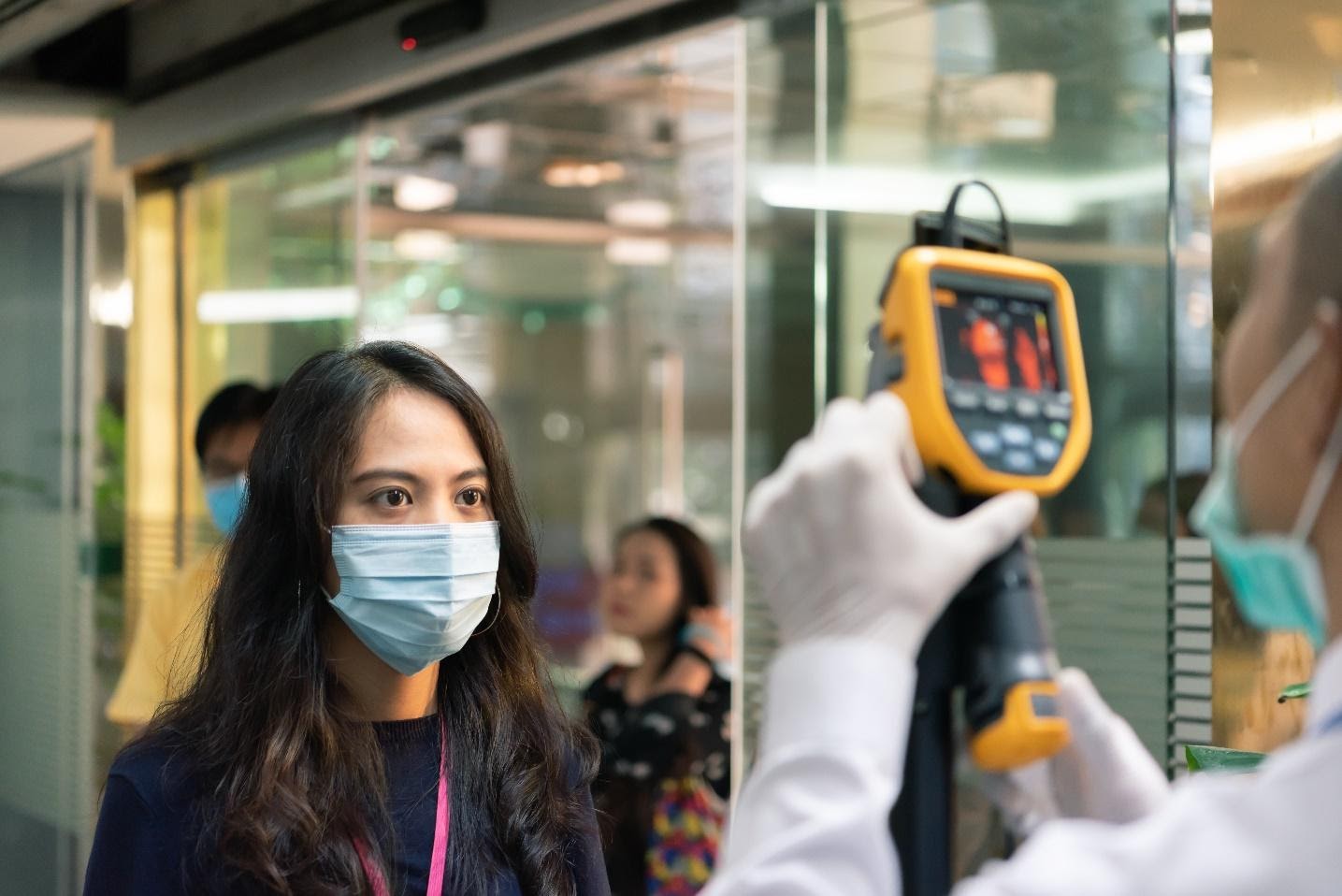
Ways to Make Employees Feel and Stay Safe
This set of measures consists of protocols that you can apply within your company’s offices and other work facilities.
These measures are related to collective activities that involve a certain degree of interaction with other people: meetings, customer service, and even hours of rest and lunch.
The key is to promote social distancing to guarantee office safety.
- Organize the distribution of workstations and other spaces to ensure the maintenance of the safe distance.
- Implement a shift plan to reduce the volume of people in certain work areas.
- Provide the remote work option for any of your employees, whenever possible.
- Implement measures to avoid the use of common equipment among staff – or facilitate their disinfection.
- Install physical barriers to maintain distance, such as telecommunications equipment, windows, and transparent curtains.
- Delimit certain spaces by means of security tapes or marks on the ground, in order to maintain the distance between clients and points of attention.
- Make sure that masks are worn at all time the employee is away from their office, cubicle, or other similar personal workstation.
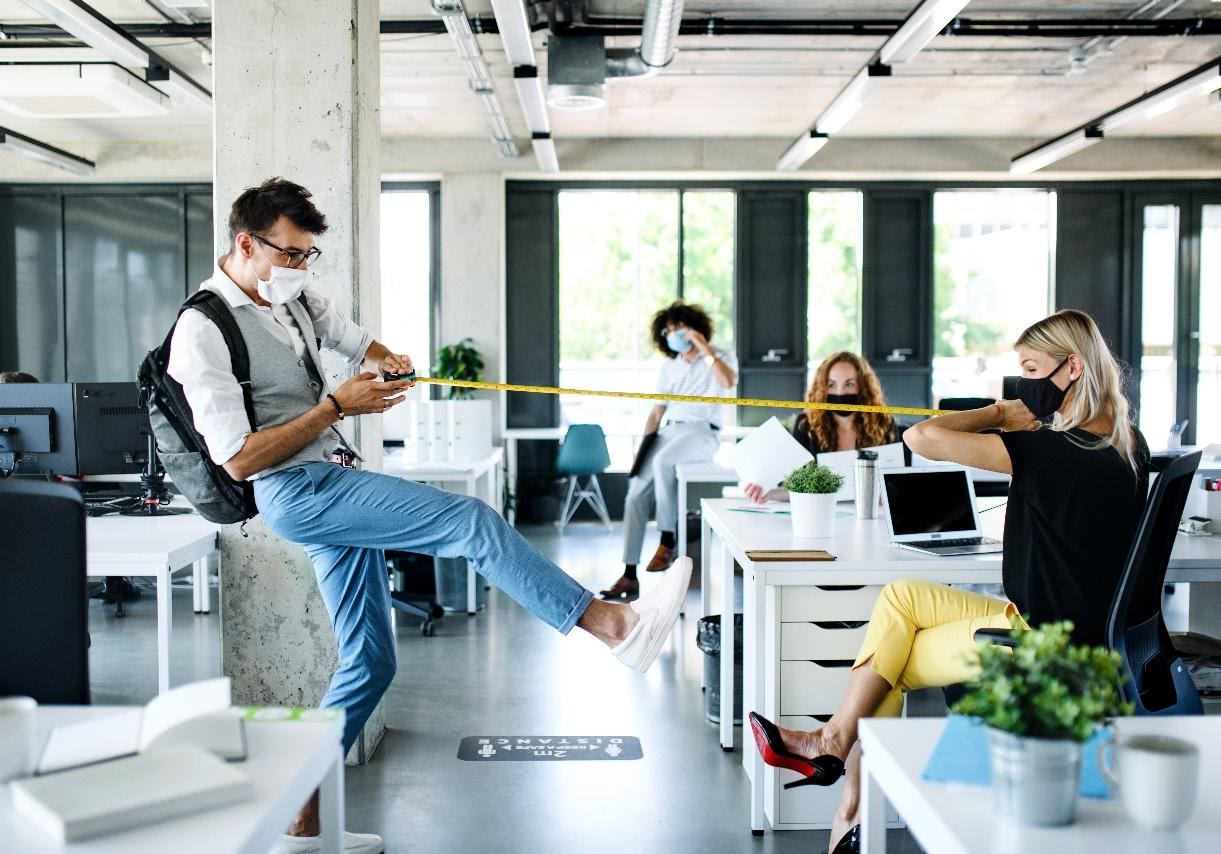
Another way to make your employees feel safe is on a psychological level. Make sure your employees know how much their return to the office is appreciated. You can do this by:
- Providing counseling services to the staff.
- Regularly checking in with employees to see how they are adjusting to the new normal.
- Being understanding if an employee still feels unsafe returning to work, despite any safety protocols that may have been implemented.
Additional Measures to Increase Employee and Office Safety
A hygiene protocol is another essential measure that you can implement in the workplace. These measures contribute not only to reducing the risk of infection but can also increase the peace of mind in your staff.
The ventilation system in general must be reinforced
This includes upgrading the air filters and the HVAC system to increase the frequency of air purification, but also includes performing regular ventilation maintenance in offices and other enclosed work areas.
The frequency of cleaning tasks should be increased
This means reinforcing the cleaning work on the most exposed surfaces, such as windows, door handles, office equipment and other machinery. Additionally, each individual work area must be cleaned each time a shift change occurs.
Apply a protocol to cleaning staff
Cleaning staff should wash their hands with soap and water frequently while doing their job. In addition, it is important to regularly verify that such personnel always have disposable masks and gloves, never reusable ones.
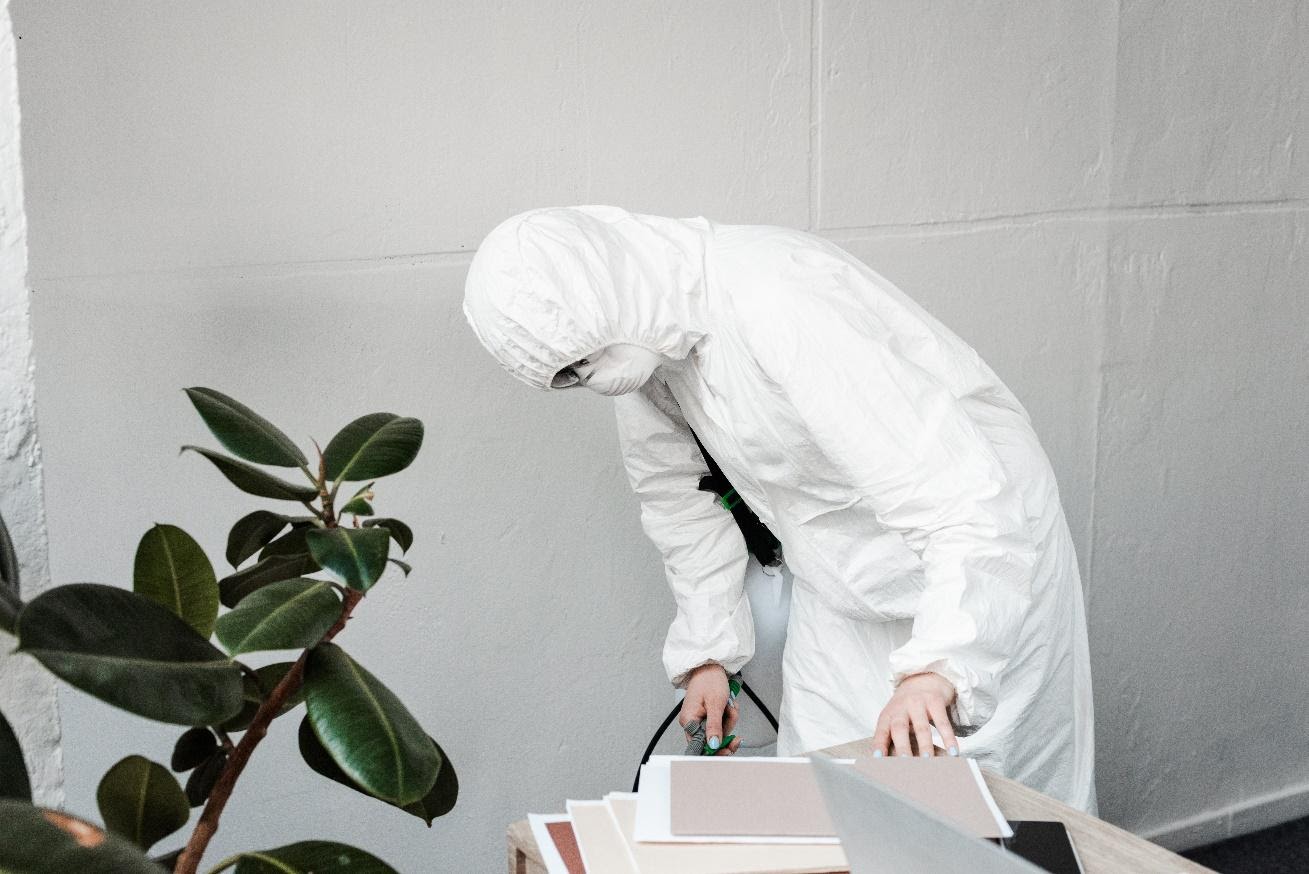
Upon completion of their work, the cleaning uniforms should be securely bagged and taken to the laundry room. The water temperature must be around 60 degrees.
Apply waste management measures
Ordinary waste can be treated in the usual way, but other items such as tissues for drying hands, gloves or masks, must be disposed of separately in covered bins.
In the event that a worker presents symptoms while in the company, the container where he deposited his used products must be isolated with a double bag before throwing it away.
Final Words
In the current health situation that our society is experiencing throughout the world, no security measure, no matter how small or insignificant it may seem, should not be ignored, especially when it comes to preserving health and life.
The measures that we presented to you in this guide can go a long way towards maintaining the health of your workers until the pandemic passes.
Remember that you must not lower your defense at any time. The collaboration and sustained contribution of all sectors is what will help us to move forward as a society and as human beings.

